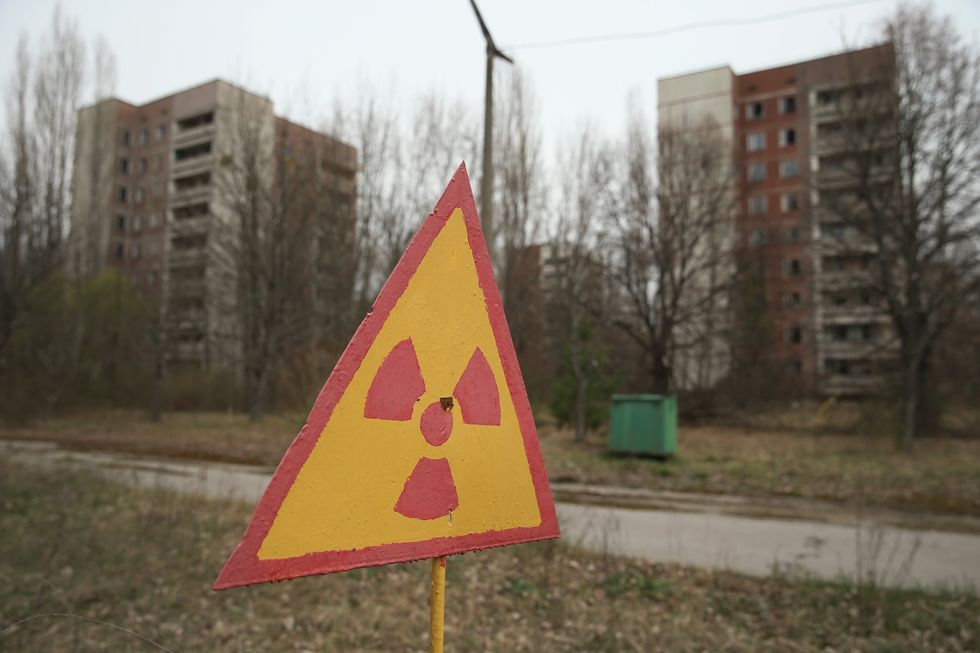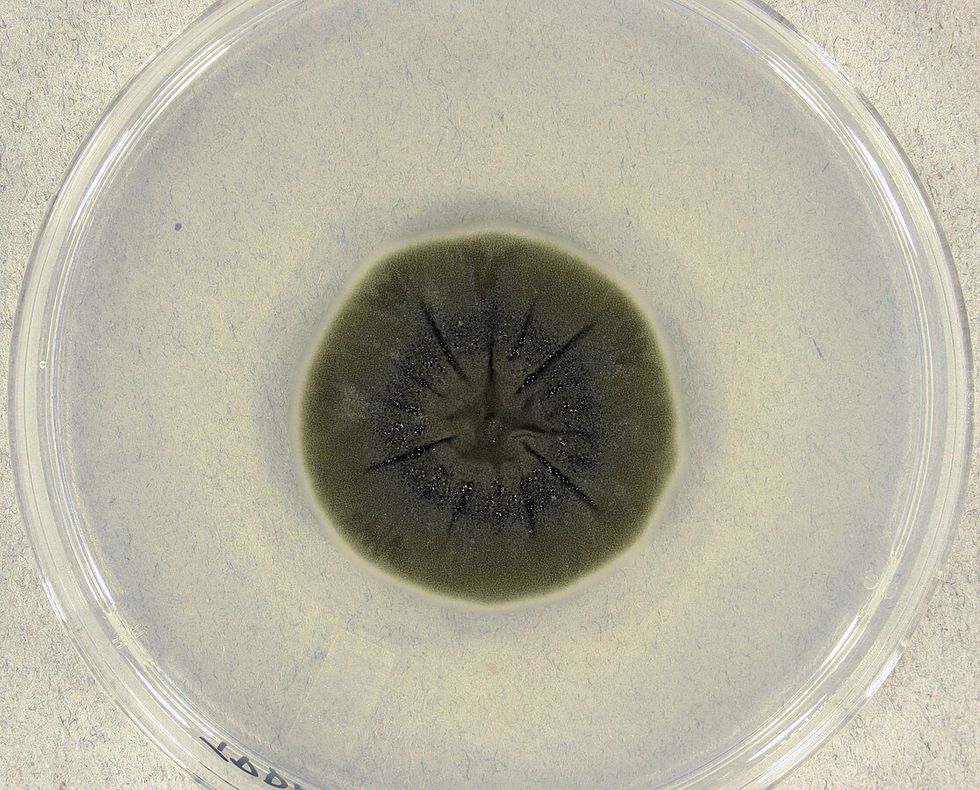Science & Tech
Harry Fletcher
Nov 04, 2024
Is This Weird Looking Creature Impervious to the Radiation at the Chernobyl …
ZMG - Amaze Lab / VideoElephant
There’s an organism thriving within the Chernobyl disaster zone that is not only enduring some of the harshest living conditions imaginable, but potentially helping to improve them too.
The fallout from the Chernobyl nuclear disaster in 1986 is still fascinating the scientific community nearly 40 years on, with new developments emerging all the time.
The Chernobyl Exclusion Zone in Ukraine features a level of radiation that is six times the legal limit of human exposure for workers at 11.28 millirem – but there is still a living organism that has adapted to live and thrive there.
In the years following the disaster, scientists discovered a black fungus, called Cladosporium sphaerospermum, within the 30-kilometer exclusion zone.

In fact, it was discovered growing on the walls of the No. 4 reactor where the meltdown first occurred.
It showed that Cladosporium sphaerospermum actually thrived where the radiation was at its highest level.
An article [via Forbes] published in the National Library of Medicine back in 2008 states that the key to its ability to ‘drink’ radiation is the melanin it possesses, which allows the organisms to absorb radiation and convert into energy.
Since then, experts have been contemplating the idea that C. sphaerospermum can be used to reduce radiation levels, and it could yet play a bigger role in cleaning up one of the most hostile atmospheres on Earth.

The article reads: "The findings of melanized organisms in high radiation environments such as the damaged reactor at Chernobyl, the space station, Antarctic mountains, and reactor cooling water combined with phenomenon of ‘radiotropism’ raises the tantalizing possibility that melanins have functions analogous to other energy harvesting pigments such as chlorophylls."
It comes after scientists uncovered fascinating details about the microscopic worms in the disaster zone. Researchers found that the tiny creatures featured no perceivable signs of genetic damage caused by radiation exposure, and it could play a big part in future study into cancer.
It comes after a study revealed that wolf populations living in extreme conditions around Chernobyl have changed to such an extent that they’re now more resilient to cancer.
Sign up for our free Indy100 weekly newsletter
How to join the Indy100's free WhatsApp channel
Have your say in our news democracy. Click the upvote icon at the top of the page to help raise this article through the Indy100 rankings
Top 100
The Conversation (0)














